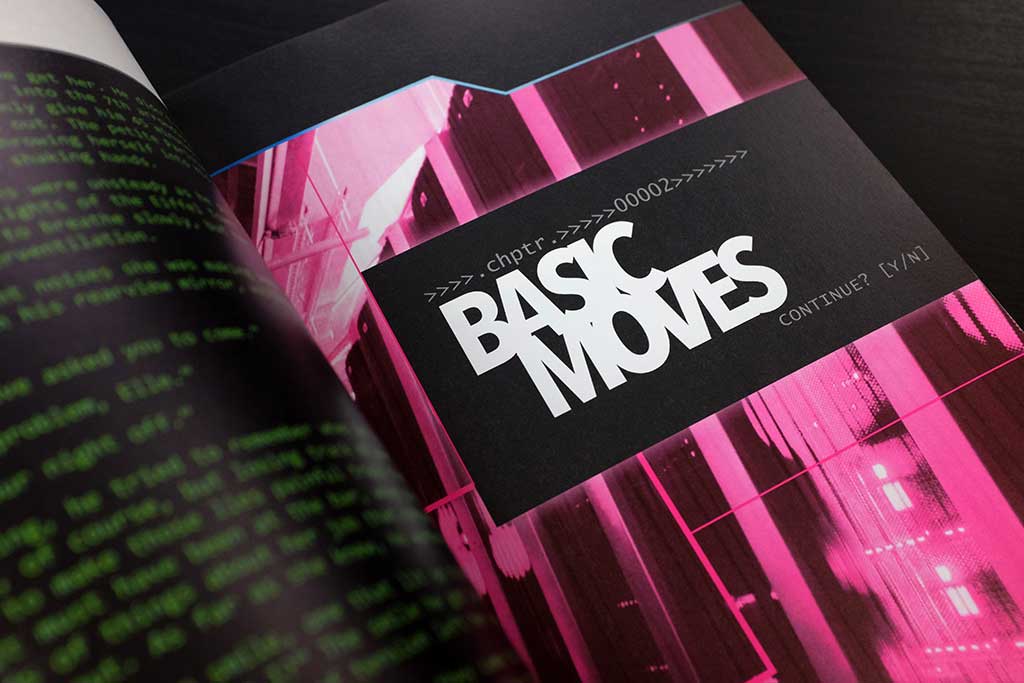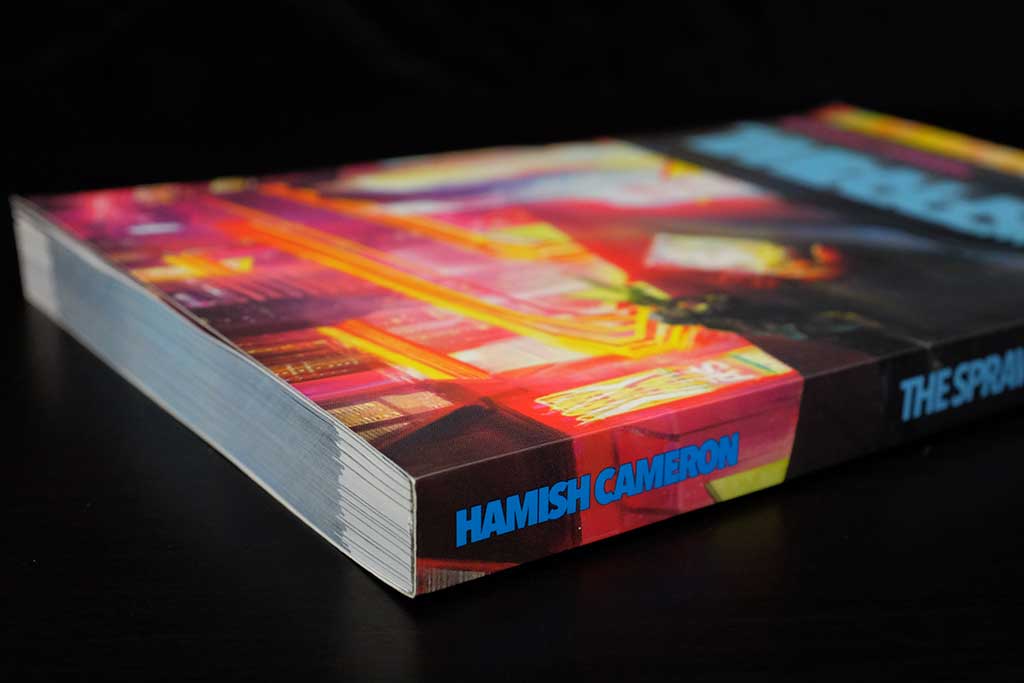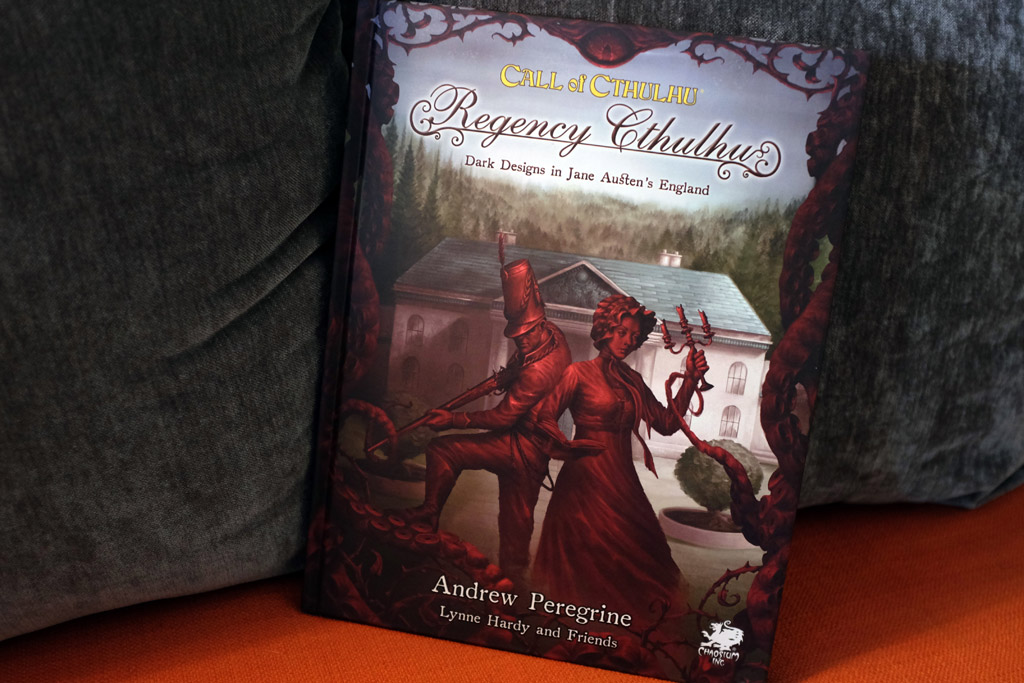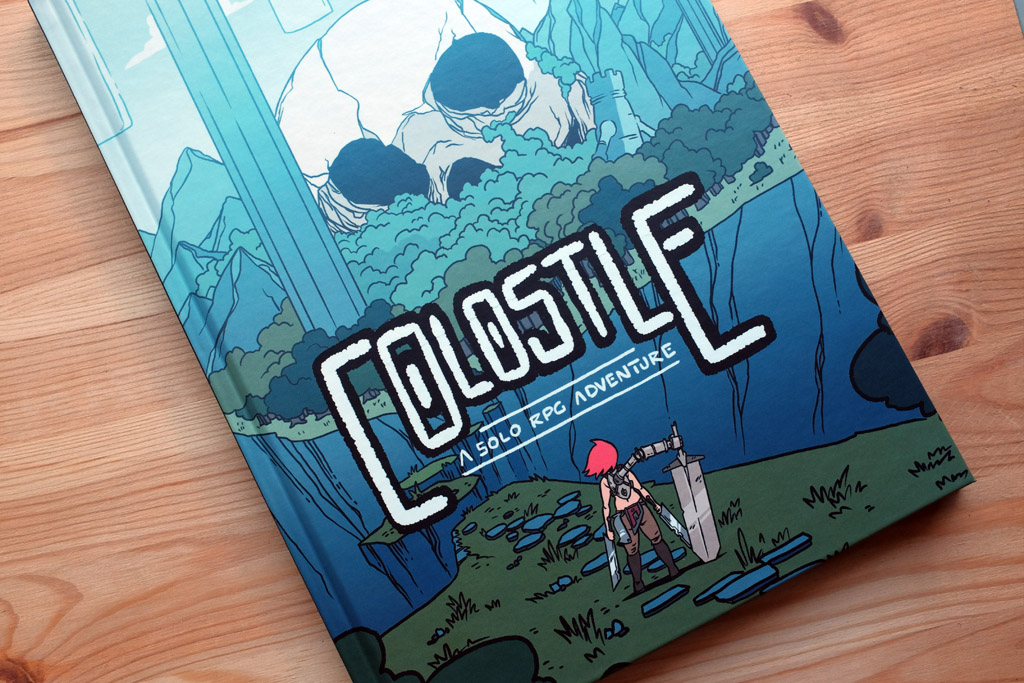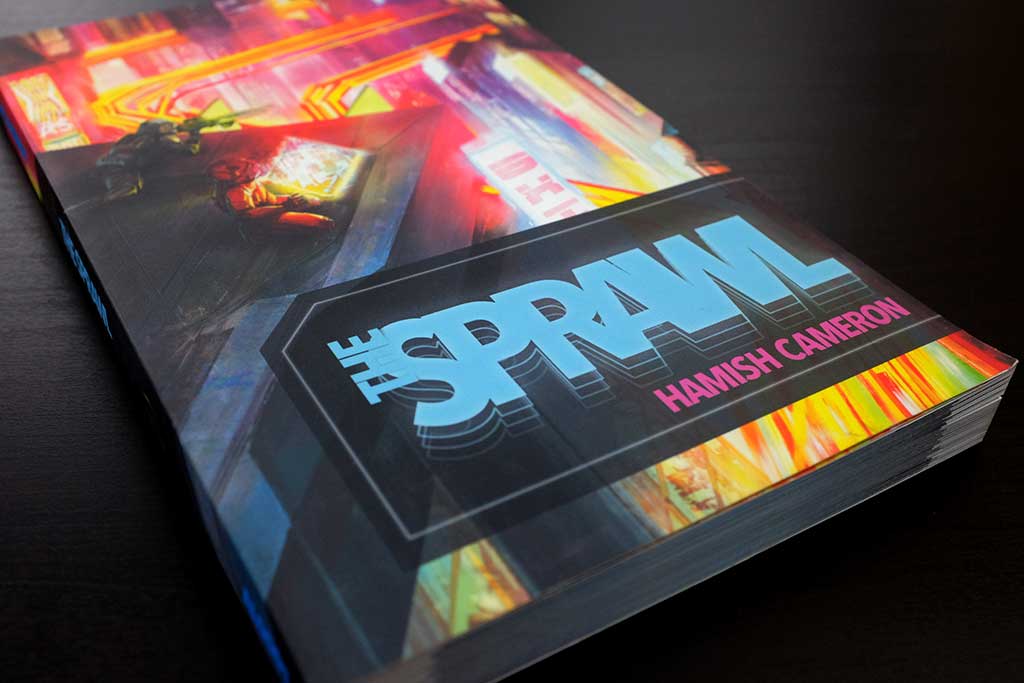
As the sun sets over the sprawling metropolis of Neo-Tokyo, a group of cyber-enhanced operatives gathers in a dimly-lit warehouse. They huddle around a makeshift table, their eyes fixed on a glowing screen. This is not a scene from a futuristic action movie; it’s a typical night of gameplay for fans of “The Sprawl,” a tabletop role-playing game that takes players on a thrilling journey through a dystopian world of corporate espionage and high-tech crime.
The Sprawl Tabletop RPG
Hamish Cameron’s The Sprawl immerses players in a dark, gritty world where technology has advanced beyond our wildest dreams and corporations rule with an iron fist. But beyond the cybernetic implants, neon-lit streets, and corporate espionage lies a game that offers a unique storytelling experience. At its core, The Sprawl is a game of deception, intrigue, and high-stakes action. Players take on the roles of operatives working for various corporations, executing covert missions and navigating the intricate web of corporate politics.
The themes in The Sprawl pull heavily from the cyberpunk worlds created by William Gibson and Neil Stephenson, which creates a retro-futuristic feeling to the game (remember – Neuromancer was written in 1984). The game is set in a near-future world where megacorporations have replaced governments as the primary sources of power. In this world, everything is for sale, and everything has a price.

In gameplay, players take on the roles of highly-skilled operators who perform dangerous missions and carry out clandestine operations. The game delves heavily into the idea of hacking, with much emphasis on your “cyberdeck” and its abilities. The Sprawl features a “clock” system, which represents the progress of various factions or events and can be impacted by players’ actions. The gameplay in The Sprawl is based on PbtA mechaincs with 2d6-based resolution and different moves requiring different results.
The Sprawl’s creator, Hamish Cameron, is a veteran of the tabletop RPG scene. He started designing games in the mid-2000s, and his work has earned him a reputation as one of the most innovative designers in the field. He describes The Sprawl as a “cyberpunk mission-based game,” with a focus on “telling exciting and dramatic stories.”
At its core, The Sprawl Tabletop RPG is a game of storytelling. Players create their own characters and shape their own narratives, guided by a game master who sets the scene and controls the non-player characters (NPCs) that populate the game world. The game is played using dice rolls to determine the success or failure of actions, but the real fun comes from the unpredictable twists and turns of the story.
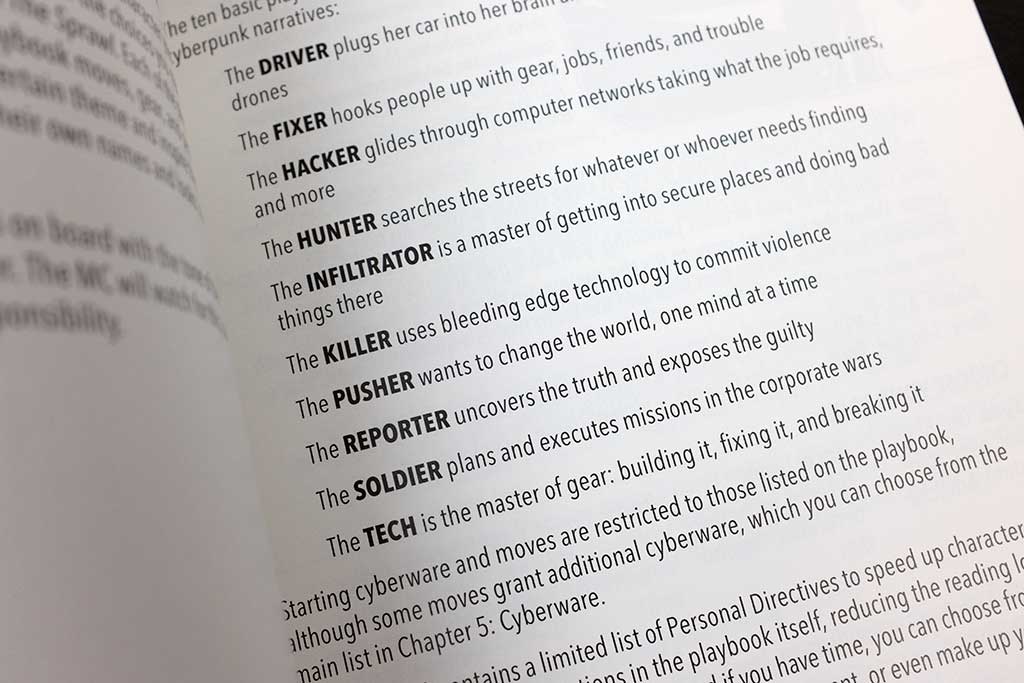
Like many other Powered by the Apocalypse games, The Sprawl relies heavily on improvisation and player agency. Each player creates a character with their own unique backstory and motivations. Players work together to create the world around them, filling in the gaps in the narrative as they go along. The game is structured around a series of missions, each with its own set of objectives and challenges. These missions can range from sabotaging a rival corporation’s operations to rescuing a kidnapped scientist from a heavily guarded facility.
The Sprawl emphasizes collaboration and teamwork. Players must work together to complete missions and achieve their goals, and each character brings their own unique skills and abilities to the table. This creates a sense of camaraderie and shared purpose that can be hard to find in other forms of gaming. Because the game is focused on telling a story, players are encouraged to work together to create a cohesive narrative. This means that players are free to contribute to the story in their own unique ways, building on each other’s ideas and improvising as they go along.
One of the game’s biggest draws is its detailed and immersive setting. Neo-Tokyo is a city of neon lights and towering skyscrapers, a place where the air is thick with pollution and the streets are filled with danger. From the glittering corporate towers to the seedy back alleys, every corner of the city is rich with potential for adventure.
But this game is more than just a backdrop for action. The game’s world is intricately designed to reflect the themes and ideas at its core. Megacorporations wield immense power, controlling everything from the media to the food supply. The line between human and machine is blurred, with cyber-enhancements becoming increasingly common and the wealthy able to upload their consciousness into digital networks. The game raises important questions about the nature of power and control, and the role that technology plays in our lives.
Powered by the Apocalypse
The game’s mechanics, based in PbtA gameplay, are notable for their simplicity and flexibility. Players use a basic set of moves to take actions in the game, such as “Act Under Pressure” to perform risky stunts or “Assess” to gather information. These moves can be customized and expanded upon to fit the needs of individual players and their characters. This open-ended approach allows for a wide range of gameplay styles and encourages players to experiment and push the boundaries of the game.
Sprawl Moves
One of the more important mechanics of The Sprawl is its use of “Moves.” In traditional tabletop RPGs, players roll dice to determine the success or failure of their actions. The Sprawl takes this a step further by incorporating Moves, which are narrative prompts that drive the story forward. Moves are triggered by specific actions or events in the game, and they give players options for how to proceed.
For example, if a player’s character is trying to hack into a secure corporate database they might trigger the “Unleash a Virus” Move. This Move gives the player several options for how to proceed, such as deleting a crucial file, extracting sensitive data, or planting false information. The player must then choose which option to pursue, and the outcome of the Move determines the direction of the story.
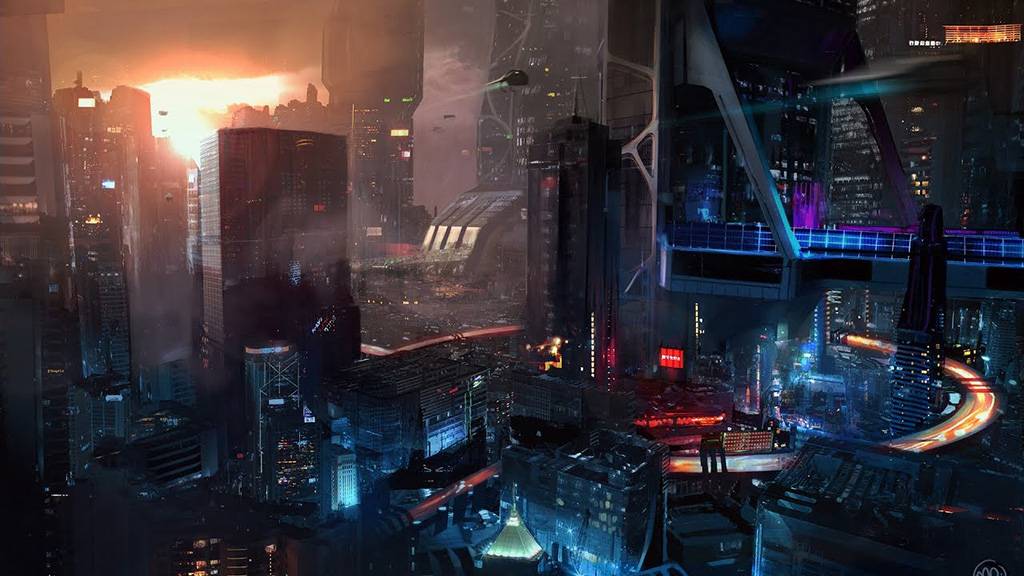
Dystopian Future
The game’s setting is a big part of its appeal. The world of The Sprawl is a dystopian vision of the future, where corporations hold all the power and the line between man and machine is blurred. It’s a world of neon-lit streets, towering skyscrapers, and sleek, chrome-plated cybernetic implants. But it’s also a world of poverty, inequality, and social unrest. The Sprawl is a game that doesn’t shy away from exploring the darker aspects of society, and it’s this willingness to tackle complex themes that makes it such a compelling experience.
The Sprawl is a game that revels in the complexities of a dystopian future, but it also offers players the opportunity to explore the intricate relationships between power and technology, as well as the different ways that they can shape society. In many ways, “The Sprawl” is a game that is more relevant today than ever before, as our world becomes increasingly defined by the convergence of power and technology.
Cyberpunk and Espionage
At its core, The Sprawl is a game about the intersection of cyberpunk and espionage. It invites players to create characters that exist on the fringes of society, but who possess the skills and knowledge necessary to navigate the dangerous world of corporate espionage. Whether they’re hackers, mercenaries, or spies, the characters in The Sprawl are tasked with stealing valuable data, sabotaging rival corporations, and carrying out covert operations.
This means the game is also about the relationship between power and technology and the different ways that this relationship can shape society. In The Sprawl, corporations are the most powerful entities in the world, and they use their immense wealth and influence to shape the world in their own image. They control the media, the government, and even the police, and they’re not afraid to use their power to crush anyone who stands in their way.
One of the most interesting aspects of “The Sprawl” is the way that it encourages players to explore the ethical implications of their actions. In this world, there are no clear-cut good guys and bad guys, and the characters are often forced to make difficult moral choices. Is it right to steal corporate secrets? Is it ethical to sabotage a rival corporation? These are the kinds of questions that “The Sprawl” forces players to confront, and it’s what makes the game so compelling.
From publisher Ardens Ludere
The future. Dark. Dirty. Dangerous. You’re loners, punks and criminals, marginalised by society through birth, choice or violence. Parasites, living symbiotic existences in the shadows cast by the arcologies, feeding from the scraps dangled by the megacorporations and then scurrying back to the shadows to avoid their dismissive, destructive gaze. Those vast multinational corporations — “Zaibatsus”, some call them — squat over everything, pulling the strings, controlling the flow of money, information, goods, and people. Governments scamper around their feet, begging for scraps. Hydrophilic lubricious polymers and automated cleaners keep their arcologies shining amidst the grey-brown urban sprawl which surrounds them. Corporate financial muscle pushes people around the city like blood. The megacorporations. Humanity’s most successful artificial organism.
Read more about The Sprawl at Ardens Ludere
